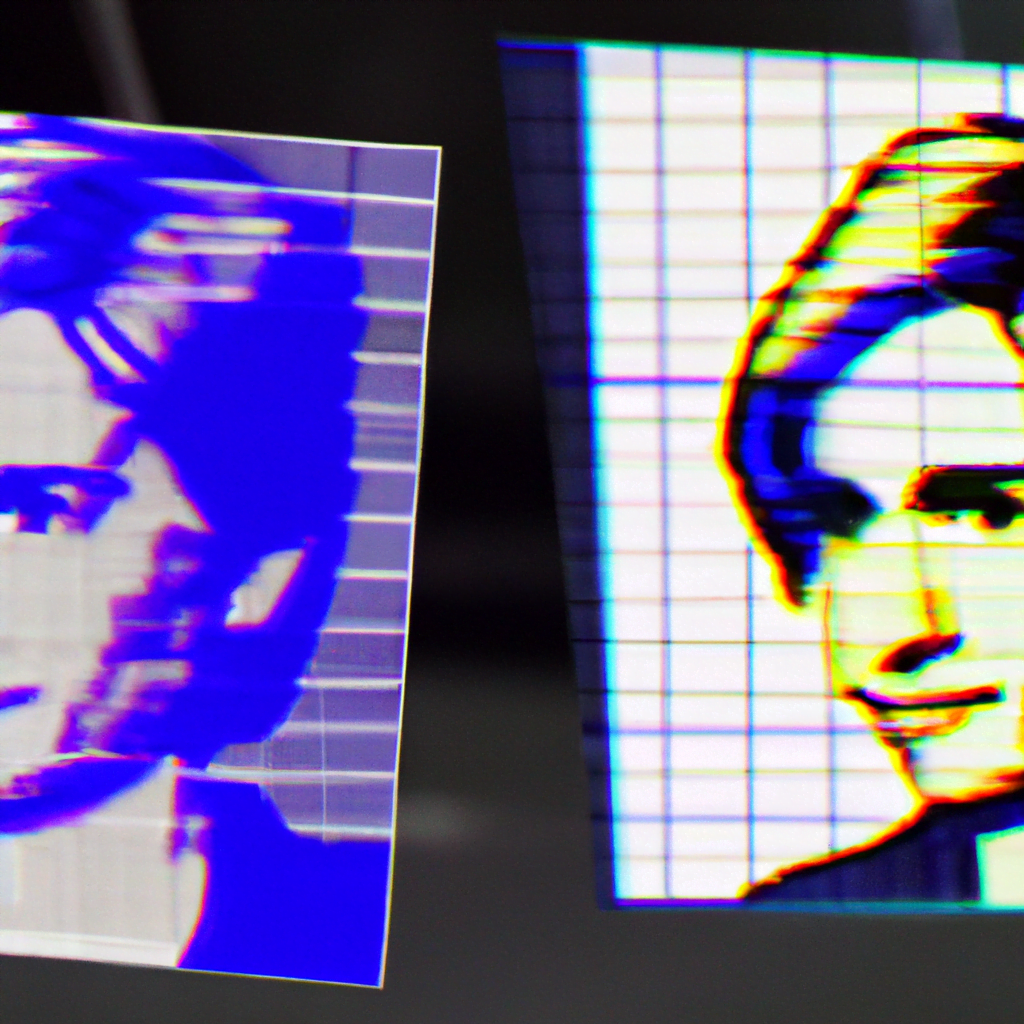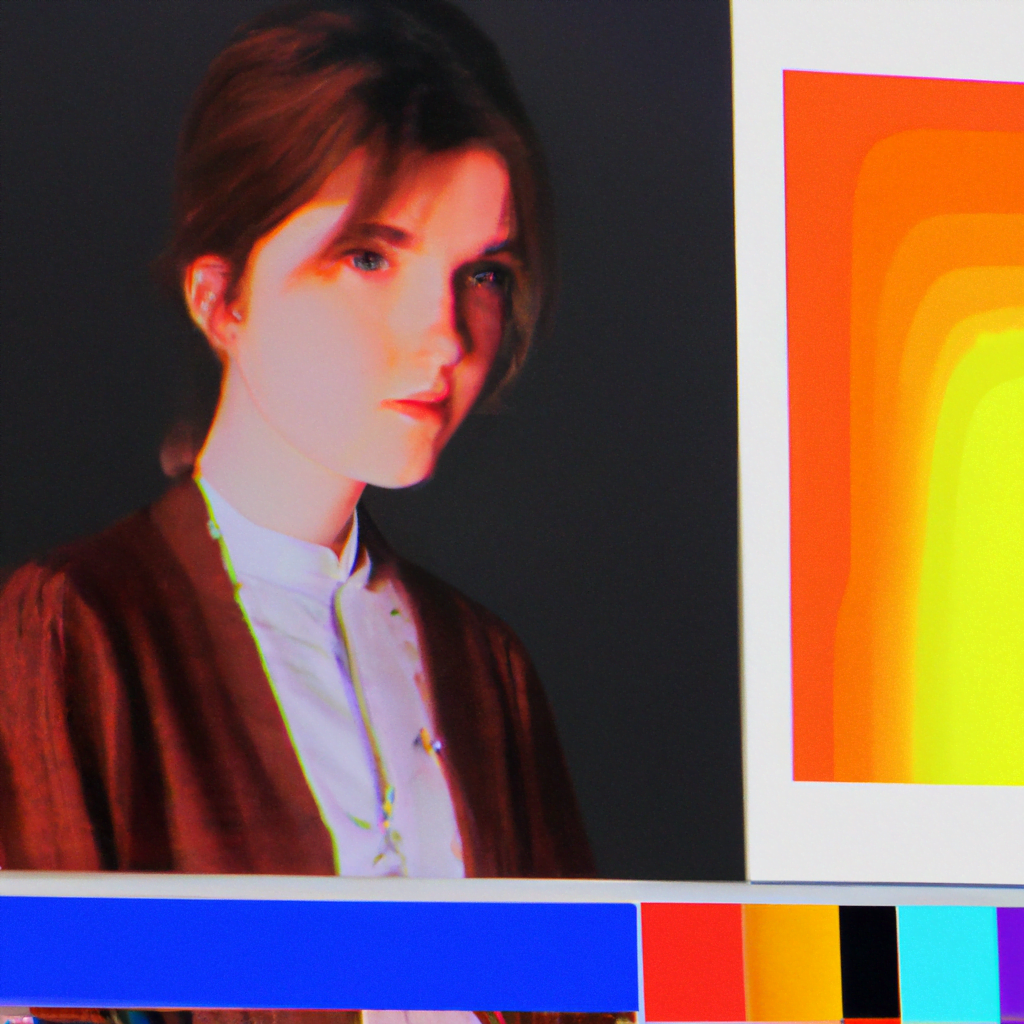
AI-Driven Interactive Design Experiences

Artificial Intelligence (AI) has revolutionized various industries, and the field of design is no exception. With the advent of AI-driven interactive design experiences, designers now have access to powerful tools that can enhance their creativity, streamline their workflow, and deliver exceptional user experiences. In this article, we will explore the impact of AI on interactive design and delve into the benefits, challenges, and future prospects of AI-driven design experiences.
The Rise of AI in Design
AI has rapidly gained prominence in the design industry, enabling designers to push the boundaries of creativity and innovation. By leveraging machine learning algorithms and data analysis, AI can assist designers in various aspects of the design process, from ideation to execution. Let’s take a closer look at how AI is transforming interactive design experiences.
1. Design Automation
One of the key benefits of AI in design is its ability to automate repetitive and time-consuming tasks. Designers can now rely on AI-powered tools to generate design variations, create layouts, and even generate code. For example, tools like Adobe Sensei and Sketch2React use AI algorithms to convert design files into responsive code, saving designers hours of manual work.
By automating mundane tasks, designers can focus on more creative and strategic aspects of their work. This not only increases productivity but also allows designers to explore new design possibilities and experiment with different ideas.
2. Personalized User Experiences
AI-driven design experiences enable designers to create personalized user experiences that cater to individual preferences and needs. By analyzing user data and behavior patterns, AI algorithms can generate personalized content, recommend relevant products, and adapt interfaces based on user preferences.
For instance, Netflix uses AI algorithms to analyze user viewing habits and provide personalized recommendations. This not only enhances the user experience but also increases user engagement and retention.
3. Data-Driven Design Decisions
AI empowers designers to make data-driven design decisions by providing insights and recommendations based on user data and analytics. By analyzing large datasets, AI algorithms can identify patterns, trends, and user preferences, enabling designers to create designs that resonate with their target audience.
For example, Spotify uses AI algorithms to analyze user listening habits and generate personalized playlists. This data-driven approach allows Spotify to deliver a highly tailored music experience to its users.
Challenges and Limitations
While AI-driven interactive design experiences offer numerous benefits, there are also challenges and limitations that designers need to be aware of. Let’s explore some of the key challenges associated with AI in design.
1. Ethical Considerations
AI algorithms are only as good as the data they are trained on. If the training data is biased or incomplete, it can lead to biased design decisions and reinforce existing inequalities. Designers need to be mindful of the ethical implications of AI and ensure that their algorithms are fair, transparent, and inclusive.
2. Creativity and Human Touch
While AI can automate certain design tasks, it cannot replace human creativity and the human touch. Design is a deeply human process that involves empathy, intuition, and emotional intelligence. AI should be seen as a tool that enhances human creativity rather than a substitute for it.
3. Technical Expertise
AI-driven design experiences require a certain level of technical expertise. Designers need to familiarize themselves with AI tools, algorithms, and data analysis techniques to fully leverage the potential of AI in their work. This can be a challenge for designers who are not well-versed in AI technologies.
The Future of AI-Driven Design
The future of AI-driven interactive design experiences is promising. As AI technologies continue to advance, we can expect even more sophisticated tools and capabilities that will revolutionize the design industry. Here are some future prospects of AI in design:
1. Augmented Design Tools
AI will augment design tools by providing real-time feedback, suggestions, and recommendations. Designers will be able to collaborate with AI algorithms that understand their design preferences and offer intelligent suggestions to improve their work.
2. Hyper-Personalization
AI will enable hyper-personalized design experiences that go beyond traditional personalization techniques. By analyzing vast amounts of user data, AI algorithms will be able to create highly tailored designs that adapt to individual preferences, contexts, and emotions.
3. Generative Design
Generative design, powered by AI, will allow designers to explore countless design possibilities and generate innovative solutions. AI algorithms will be able to generate design variations based on specified constraints, enabling designers to quickly iterate and explore new design directions.
Conclusion
AI-driven interactive design experiences have the potential to transform the way designers work and the experiences they create. From design automation to personalized user experiences, AI offers a range of benefits that can enhance creativity, efficiency, and user satisfaction. However, designers must also be aware of the challenges and limitations associated with AI and ensure that ethical considerations and human creativity remain at the forefront of the design process. As AI technologies continue to evolve, the future of AI-driven design looks promising, with augmented design tools, hyper-personalization, and generative design leading the way.
